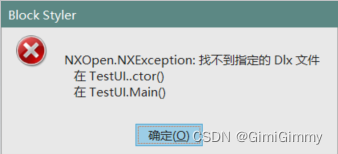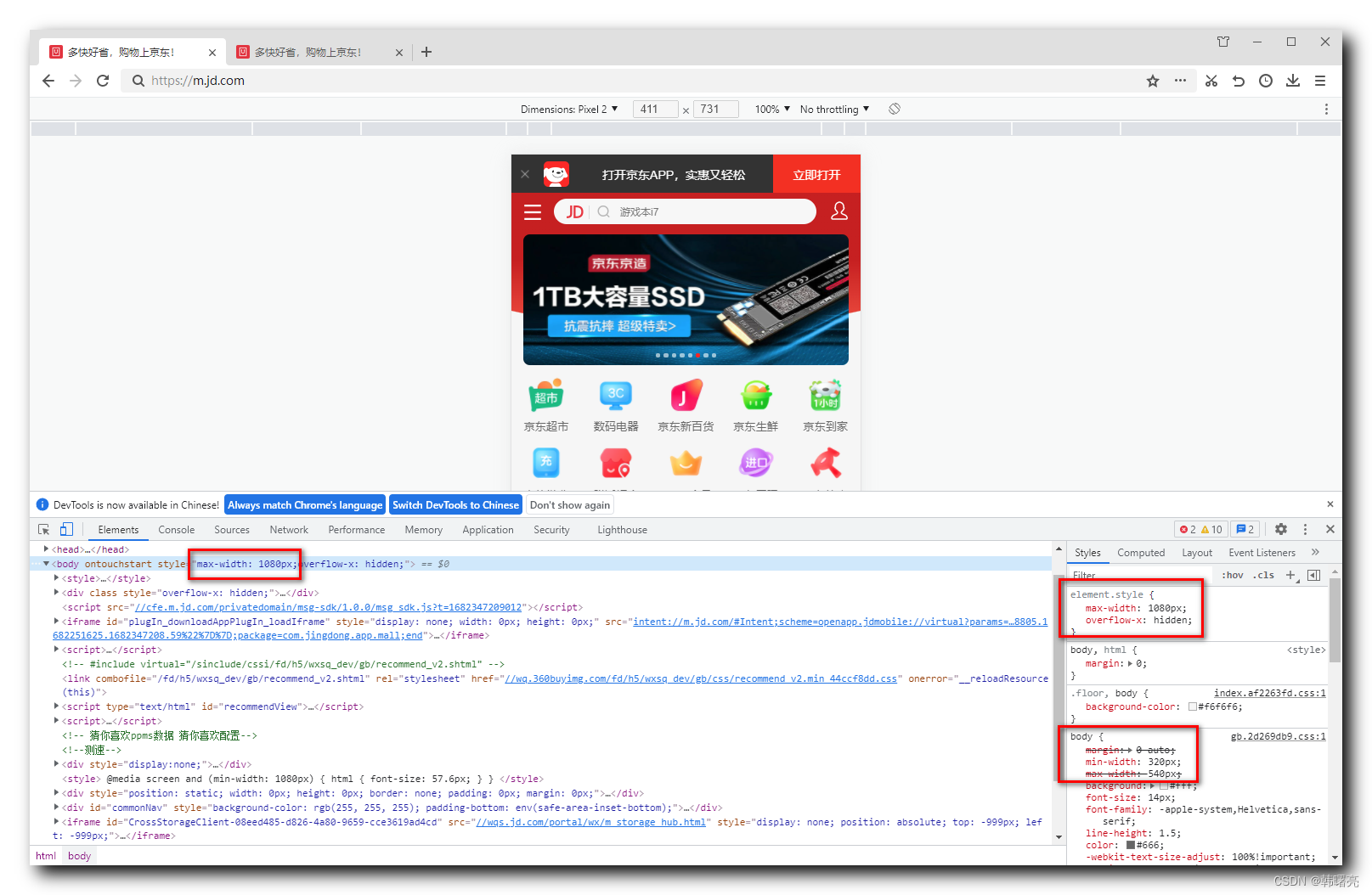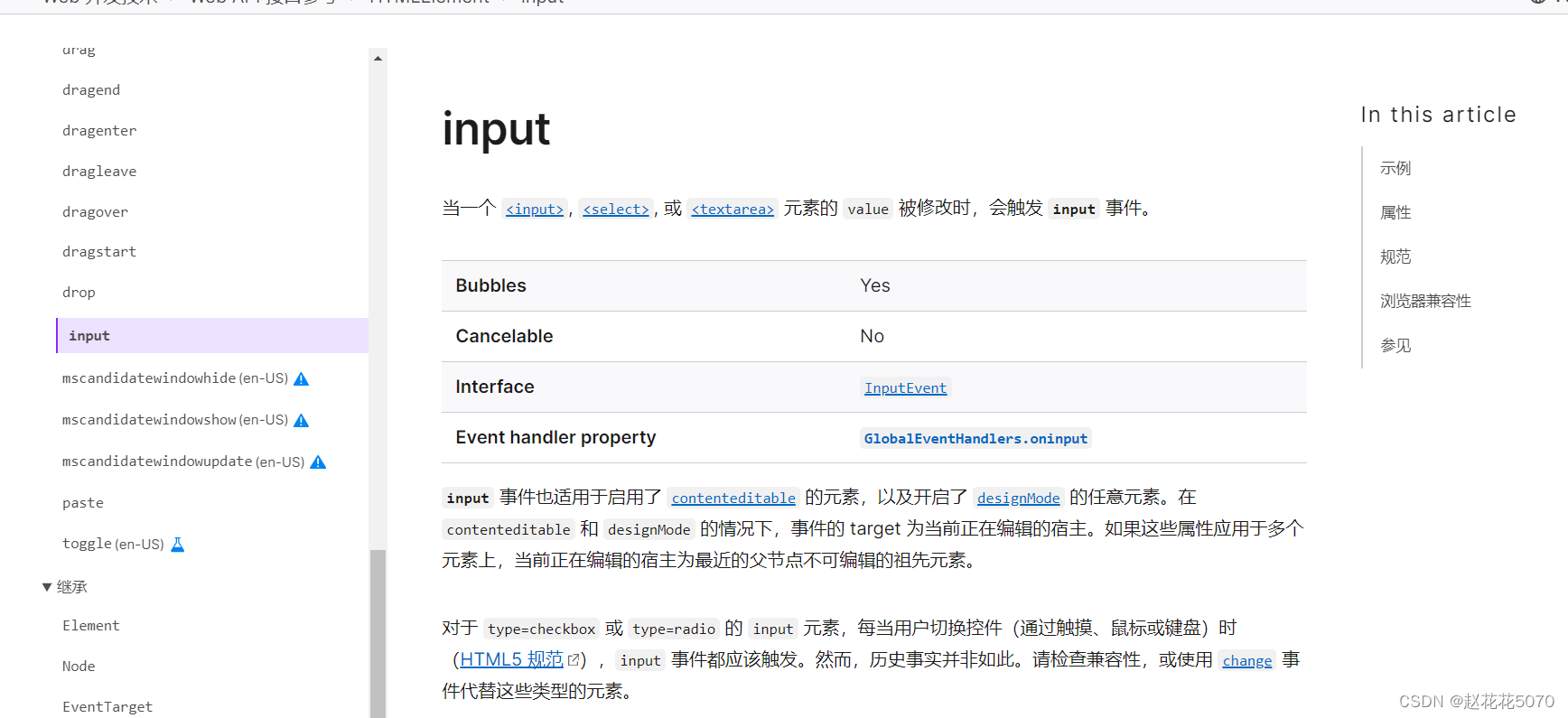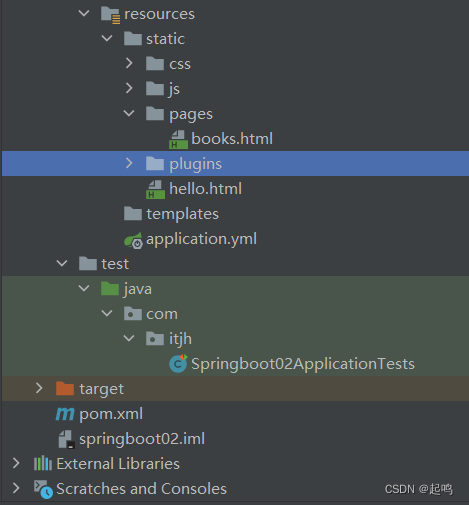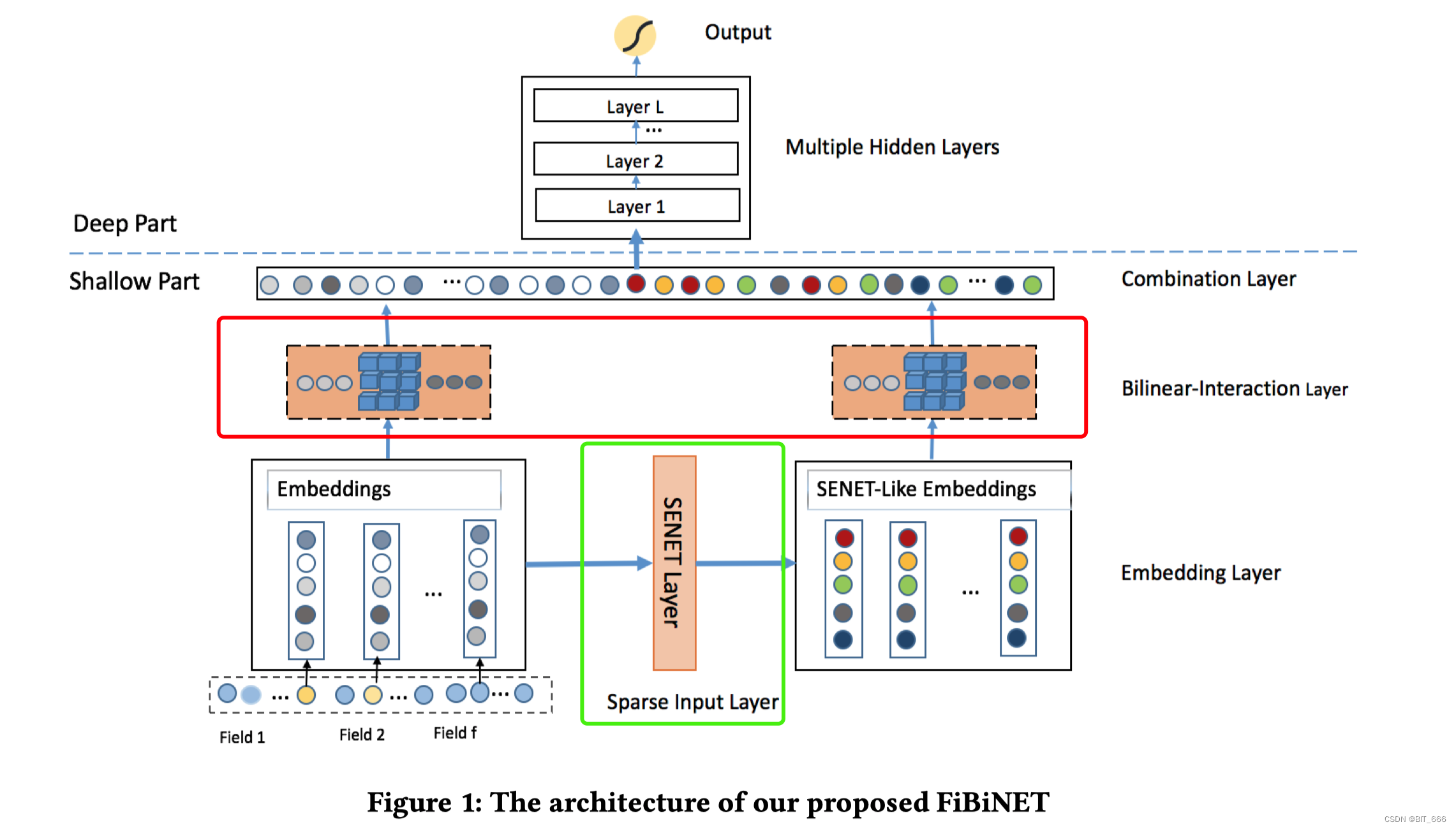文章目录
- 知识回顾
- 启动第一个流程init
- Zygote的流程
- 前言
- 源码分析
- 1.system_server
- 2.SystemServer.main
- 3,startBootstrapServices
- 4,startService
- 拓展知识
- LoadApk
- context 对于Android context 大家是怎么理解的?
- LocalServices.java: addServece方法中 ArrayMap和HashMap的区别?
- AMS、PMS是谁启动的?他们都是独立的进程吗?
- WatchDog 看门狗机制?
- 简述system_server的启动
- 总结
知识回顾
启动第一个流程init
1,挂载文件系统,创建文件目录 调用selinux_setup权限安全相关
2,初始化内存空间 初始化属性服务 创建Epoll 注册监听子进程重启异常操作等,对子进程进行线程守护
3,startPropertyServic 开启属性服务 进行监听
4,LoadBootScripts 加载init.rc文件 进行解析 调用do_class_start 文件开启service
5,Service::Start函数->fork子进程->并且执行app_process文件,开启了zygote
Zygote的流程
1,startVm函数注册jvm startReg函数注册jni环境唤起 Zygote.main
2,forkSystemServer
3,preload预加载class 系统资源
4,调用runSelectLoop函数循环等待客户端连接
5,有客户端的连接后调用processOneCommand()函数 fork进程,初始化进程,创建ProcessState初始化binder
6,根据请求的targetClass 执行Main函数
前言
Android系统在启动的时候有两个非常重要的进程,Zygote & system_server。SystemServer是系统用来启动service的入口,比如我们常用的 AMS,WMS,PMS等都是由它创建的。
SystemServer主要是创建SystemServiceManager,对系统服务进行创建、启动以及管理。
源码分析
1.system_server
Zygote启动之后会调用ZygoteInit.java的main函数,会执行forkSystemServer
private static Runnable forkSystemServer(String abiList, String socketName,
ZygoteServer zygoteServer) {
……………………
/* Hardcoded command line to start the system server */
//准备 开启system_server的参数
String args[] = {
"--setuid=1000",
"--setgid=1000",
"--setgroups=1001,1002,1003,1004,1005,1006,1007,1008,1009,1010,1018,1021,1023,"
+ "1024,1032,1065,3001,3002,3003,3006,3007,3009,3010",
"--capabilities=" + capabilities + "," + capabilities,
"--nice-name=system_server",
"--runtime-args",
"--target-sdk-version=" + VMRuntime.SDK_VERSION_CUR_DEVELOPMENT,
"com.android.server.SystemServer",
};
ZygoteArguments parsedArgs = null;
int pid;
try {
//把参数包装成ZygoteArguments
parsedArgs = new ZygoteArguments(args);
Zygote.applyDebuggerSystemProperty(parsedArgs);
Zygote.applyInvokeWithSystemProperty(parsedArgs);
boolean profileSystemServer = SystemProperties.getBoolean(
"dalvik.vm.profilesystemserver", false);
if (profileSystemServer) {
parsedArgs.mRuntimeFlags |= Zygote.PROFILE_SYSTEM_SERVER;
}
/* Request to fork the system server process */
// fork出来system_server 还是调用到native层com_android_internal_os_Zygote_nativeForkSystemServer
pid = Zygote.forkSystemServer(
parsedArgs.mUid, parsedArgs.mGid,
parsedArgs.mGids,
parsedArgs.mRuntimeFlags,
null,
parsedArgs.mPermittedCapabilities,
parsedArgs.mEffectiveCapabilities);
} catch (IllegalArgumentException ex) {
throw new RuntimeException(ex);
}
/* For child process */
if (pid == 0) {
if (hasSecondZygote(abiList)) {
waitForSecondaryZygote(socketName);
}
//关闭掉ServerSocket
zygoteServer.closeServerSocket();
//这里我们看到返回的是一个Runnable 就可以联想到Zygote中的MethodAndArgsCaller
return handleSystemServerProcess(parsedArgs);
}
return null;
}
//fork最终会调用到Native层
//com_android_internal_os_Zygote_nativeForkSystemServer
//。文件目录/frameworks/base/core/jni/com_android_internal_os_Zygote.cpp。
static jint com_android_internal_os_Zygote_nativeForkSystemServer(
JNIEnv* env, jclass, uid_t uid, gid_t gid, jintArray gids,
jint runtime_flags, jobjectArray rlimits, jlong permitted_capabilities,
jlong effective_capabilities) {
std::vector<int> fds_to_close(MakeUsapPipeReadFDVector()),
fds_to_ignore(fds_to_close);
fds_to_close.push_back(gUsapPoolSocketFD);
if (gUsapPoolEventFD != -1) {
fds_to_close.push_back(gUsapPoolEventFD);
fds_to_ignore.push_back(gUsapPoolEventFD);
}
//调用forkCommon函数,这个之前在Zygote中有跟踪过,这里就不跟了。调用fork并返回pid_t
pid_t pid = ForkCommon(env, true,
fds_to_close,
fds_to_ignore);
if (pid == 0) {
SpecializeCommon(env, uid, gid, gids, runtime_flags, rlimits,
permitted_capabilities, effective_capabilities,
MOUNT_EXTERNAL_DEFAULT, nullptr, nullptr, true,
false, nullptr, nullptr);
} else if (pid > 0) {
ALOGI("System server process %d has been created", pid);
gSystemServerPid = pid;
int status;
if (waitpid(pid, &status, WNOHANG) == pid) {//做一次安全检查
ALOGE("System server process %d has died. Restarting Zygote!", pid);
RuntimeAbort(env, __LINE__, "System server process has died. Restarting Zygote!");
}
if (UsePerAppMemcg()) {
if (!SetTaskProfiles(pid, std::vector<std::string>{"SystemMemoryProcess"})) {
ALOGE("couldn't add process %d into system memcg group", pid);
}
}
}
return pid;
}
private static Runnable handleSystemServerProcess(ZygoteArguments parsedArgs) {
Os.umask(S_IRWXG | S_IRWXO);
if (parsedArgs.mNiceName != null) {
Process.setArgV0(parsedArgs.mNiceName);
}
final String systemServerClasspath = Os.getenv("SYSTEMSERVERCLASSPATH");
if (systemServerClasspath != null) {
if (performSystemServerDexOpt(systemServerClasspath)) {
sCachedSystemServerClassLoader = null;
}
boolean profileSystemServer = SystemProperties.getBoolean(
"dalvik.vm.profilesystemserver", false);
if (profileSystemServer && (Build.IS_USERDEBUG || Build.IS_ENG)) {
try {
prepareSystemServerProfile(systemServerClasspath);
} catch (Exception e) {
Log.wtf(TAG, "Failed to set up system server profile", e);
}
}
}
if (parsedArgs.mInvokeWith != null) {//这里是Null
String[] args = parsedArgs.mRemainingArgs;
if (systemServerClasspath != null) {
String[] amendedArgs = new String[args.length + 2];
amendedArgs[0] = "-cp";
amendedArgs[1] = systemServerClasspath;
System.arraycopy(args, 0, amendedArgs, 2, args.length);
args = amendedArgs;
}
WrapperInit.execApplication(parsedArgs.mInvokeWith,
parsedArgs.mNiceName, parsedArgs.mTargetSdkVersion,
VMRuntime.getCurrentInstructionSet(), null, args);
throw new IllegalStateException("Unexpected return from WrapperInit.execApplication");
} else {
createSystemServerClassLoader();//创建SystemServer的ClassLoader
ClassLoader cl = sCachedSystemServerClassLoader;//将创建好的ClassLoader赋值给cl
if (cl != null) {
Thread.currentThread().setContextClassLoader(cl);
}
//调用ZygoteInit.zygoteInit 和Zygote一样 创建ProcessState 打开binder 并调用RuntimeInit.applicationInit 返回startClass的Main函数的caller也 也就是执行com.android.server.SystemServer的main函数
return ZygoteInit.zygoteInit(parsedArgs.mTargetSdkVersion,
parsedArgs.mRemainingArgs, cl);
}
}
2.SystemServer.main
main函数转头就掉了run函数,run函数中 创建了Looper、加载了android_server函数库、创建了SystemServiceManager(对服务进行创建、启动和管理)并且添加到LocalService(一个ArrayMap)中、startBootstrapServices(开启引导服务)、startCoreServices(开启核心服务)、startOtherServices(开启其他服务)、Looper开启。
public static void main(String[] args) {
//转头就钓了run函数
new SystemServer().run();
}
private void run() {
try {
traceBeginAndSlog("InitBeforeStartServices");
SystemProperties.set(SYSPROP_START_COUNT, String.valueOf(mStartCount));
SystemProperties.set(SYSPROP_START_ELAPSED, String.valueOf(mRuntimeStartElapsedTime));
SystemProperties.set(SYSPROP_START_UPTIME, String.valueOf(mRuntimeStartUptime));
EventLog.writeEvent(EventLogTags.SYSTEM_SERVER_START,
mStartCount, mRuntimeStartUptime, mRuntimeStartElapsedTime);
if (System.currentTimeMillis() < EARLIEST_SUPPORTED_TIME) {
Slog.w(TAG, "System clock is before 1970; setting to 1970.");
SystemClock.setCurrentTimeMillis(EARLIEST_SUPPORTED_TIME);
}
String timezoneProperty = SystemProperties.get("persist.sys.timezone");
if (timezoneProperty == null || timezoneProperty.isEmpty()) {
Slog.w(TAG, "Timezone not set; setting to GMT.");
SystemProperties.set("persist.sys.timezone", "GMT");
}
if (!SystemProperties.get("persist.sys.language").isEmpty()) {
final String languageTag = Locale.getDefault().toLanguageTag();
SystemProperties.set("persist.sys.locale", languageTag);
SystemProperties.set("persist.sys.language", "");
SystemProperties.set("persist.sys.country", "");
SystemProperties.set("persist.sys.localevar", "");
}
Binder.setWarnOnBlocking(true);
PackageItemInfo.forceSafeLabels();
SQLiteGlobal.sDefaultSyncMode = SQLiteGlobal.SYNC_MODE_FULL;
SQLiteCompatibilityWalFlags.init(null);
Slog.i(TAG, "Entered the Android system server!");
int uptimeMillis = (int) SystemClock.elapsedRealtime();
EventLog.writeEvent(EventLogTags.BOOT_PROGRESS_SYSTEM_RUN, uptimeMillis);
if (!mRuntimeRestart) {
MetricsLogger.histogram(null, "boot_system_server_init", uptimeMillis);
}
SystemProperties.set("persist.sys.dalvik.vm.lib.2", VMRuntime.getRuntime().vmLibrary());
VMRuntime.getRuntime().clearGrowthLimit();
VMRuntime.getRuntime().setTargetHeapUtilization(0.8f);
Build.ensureFingerprintProperty();
Environment.setUserRequired(true);
BaseBundle.setShouldDefuse(true);
Parcel.setStackTraceParceling(true);
BinderInternal.disableBackgroundScheduling(true);
BinderInternal.setMaxThreads(sMaxBinderThreads);
android.os.Process.setThreadPriority(
android.os.Process.THREAD_PRIORITY_FOREGROUND);
android.os.Process.setCanSelfBackground(false);
Looper.prepareMainLooper();//创建消息的Looper
Looper.getMainLooper().setSlowLogThresholdMs(
SLOW_DISPATCH_THRESHOLD_MS, SLOW_DELIVERY_THRESHOLD_MS);
//加载函数库 libandroid_servers.so
System.loadLibrary("android_servers");
if (Build.IS_DEBUGGABLE) {
initZygoteChildHeapProfiling();
}
performPendingShutdown();
// Initialize the system context.
createSystemContext();//创建系统Context
// Create the system service manager. 创建ServiceManager
mSystemServiceManager = new SystemServiceManager(mSystemContext);
mSystemServiceManager.setStartInfo(mRuntimeRestart,
mRuntimeStartElapsedTime, mRuntimeStartUptime);
//将SystemServiceManager添加到LocalServices中 LocalService 内部其实就是一个ArrayMap
LocalServices.addService(SystemServiceManager.class, mSystemServiceManager);
// Prepare the thread pool for init tasks that can be parallelized
SystemServerInitThreadPool.get();
} finally {
traceEnd(); // InitBeforeStartServices
}
// Start services. 开启服务
try {
traceBeginAndSlog("StartServices");
startBootstrapServices();//开启引导服务
startCoreServices();//开启核心服务
startOtherServices();//开启其他服务
SystemServerInitThreadPool.shutdown();
} catch (Throwable ex) {
Slog.e("System", "******************************************");
Slog.e("System", "************ Failure starting system services", ex);
throw ex;
} finally {
traceEnd();
}
StrictMode.initVmDefaults(null);
if (!mRuntimeRestart && !isFirstBootOrUpgrade()) {
int uptimeMillis = (int) SystemClock.elapsedRealtime();
MetricsLogger.histogram(null, "boot_system_server_ready", uptimeMillis);
final int MAX_UPTIME_MILLIS = 60 * 1000;
if (uptimeMillis > MAX_UPTIME_MILLIS) {
Slog.wtf(SYSTEM_SERVER_TIMING_TAG,
"SystemServer init took too long. uptimeMillis=" + uptimeMillis);
}
}
if (!VMRuntime.hasBootImageSpaces()) {
Slog.wtf(TAG, "Runtime is not running with a boot image!");
}
// Loop forever.
//loop启动
Looper.loop();
throw new RuntimeException("Main thread loop unexpectedly exited");
}
3,startBootstrapServices
开启了看门狗(用于监控system_server,一旦出现问题会杀死SystemServer,SystemServer撕掉会告诉Zygote Zygote接收到之后会杀死自己 然后告诉init init又会重启Zygote并且激活对应的onRestart)以及相当多的服务,其中有我们熟悉的Installer、ActivityTaskManagerService、ActivityManagerService、PowerManagerService、PackageManagerService等等,基本上就是通过startService方法
private void startBootstrapServices() {
traceBeginAndSlog("StartWatchdog");
final Watchdog watchdog = Watchdog.getInstance();
watchdog.start();//开启看门狗
traceEnd();
Slog.i(TAG, "Reading configuration...");
final String TAG_SYSTEM_CONFIG = "ReadingSystemConfig";
traceBeginAndSlog(TAG_SYSTEM_CONFIG);
SystemServerInitThreadPool.get().submit(SystemConfig::getInstance, TAG_SYSTEM_CONFIG);
traceEnd();
traceBeginAndSlog("StartInstaller");
//开启Installer服务
Installer installer = mSystemServiceManager.startService(Installer.class);
traceEnd();
traceBeginAndSlog("DeviceIdentifiersPolicyService");
//开启设备标识符访问策略服务
mSystemServiceManager.startService(DeviceIdentifiersPolicyService.class);
traceEnd();
traceBeginAndSlog("UriGrantsManagerService");
mSystemServiceManager.startService(UriGrantsManagerService.Lifecycle.class);
traceEnd();
// Activity manager runs the show.
traceBeginAndSlog("StartActivityManager");
//启动ActivityTaskManagerService、mActivityManagerService服务并关联systemServiceManager以及installer
ActivityTaskManagerService atm = mSystemServiceManager.startService(
ActivityTaskManagerService.Lifecycle.class).getService();
mActivityManagerService = ActivityManagerService.Lifecycle.startService(
mSystemServiceManager, atm);
mActivityManagerService.setSystemServiceManager(mSystemServiceManager);
mActivityManagerService.setInstaller(installer);
mWindowManagerGlobalLock = atm.getGlobalLock();
traceEnd();
// Power manager needs to be started early because other services need it.
// Native daemons may be watching for it to be registered so it must be ready
// to handle incoming binder calls immediately (including being able to verify
// the permissions for those calls).
traceBeginAndSlog("StartPowerManager");
//开启PowerManagerService服务
mPowerManagerService = mSystemServiceManager.startService(PowerManagerService.class);
traceEnd();
traceBeginAndSlog("StartThermalManager");
mSystemServiceManager.startService(ThermalManagerService.class);
traceEnd();
// Now that the power manager has been started, let the activity manager
// initialize power management features.
traceBeginAndSlog("InitPowerManagement");
mActivityManagerService.initPowerManagement();
traceEnd();
// Bring up recovery system in case a rescue party needs a reboot
traceBeginAndSlog("StartRecoverySystemService");
mSystemServiceManager.startService(RecoverySystemService.class);
traceEnd();
// Now that we have the bare essentials of the OS up and running, take
// note that we just booted, which might send out a rescue party if
// we're stuck in a runtime restart loop.
RescueParty.noteBoot(mSystemContext);
// Manages LEDs and display backlight so we need it to bring up the display.
traceBeginAndSlog("StartLightsService");
mSystemServiceManager.startService(LightsService.class);
traceEnd();
traceBeginAndSlog("StartSidekickService");
// Package manager isn't started yet; need to use SysProp not hardware feature
if (SystemProperties.getBoolean("config.enable_sidekick_graphics", false)) {
mSystemServiceManager.startService(WEAR_SIDEKICK_SERVICE_CLASS);
}
traceEnd();
// Display manager is needed to provide display metrics before package manager
// starts up.
traceBeginAndSlog("StartDisplayManager");
mDisplayManagerService = mSystemServiceManager.startService(DisplayManagerService.class);
traceEnd();
// We need the default display before we can initialize the package manager.
traceBeginAndSlog("WaitForDisplay");
mSystemServiceManager.startBootPhase(SystemService.PHASE_WAIT_FOR_DEFAULT_DISPLAY);
traceEnd();
// Only run "core" apps if we're encrypting the device.
String cryptState = VoldProperties.decrypt().orElse("");
if (ENCRYPTING_STATE.equals(cryptState)) {
Slog.w(TAG, "Detected encryption in progress - only parsing core apps");
mOnlyCore = true;
} else if (ENCRYPTED_STATE.equals(cryptState)) {
Slog.w(TAG, "Device encrypted - only parsing core apps");
mOnlyCore = true;
}
// Start the package manager.
if (!mRuntimeRestart) {
MetricsLogger.histogram(null, "boot_package_manager_init_start",
(int) SystemClock.elapsedRealtime());
}
traceBeginAndSlog("StartPackageManagerService");
try {
Watchdog.getInstance().pauseWatchingCurrentThread("packagemanagermain");
//创建PackageManagerService服务
mPackageManagerService = PackageManagerService.main(mSystemContext, installer,
mFactoryTestMode != FactoryTest.FACTORY_TEST_OFF, mOnlyCore);
} finally {
Watchdog.getInstance().resumeWatchingCurrentThread("packagemanagermain");
}
mFirstBoot = mPackageManagerService.isFirstBoot();
mPackageManager = mSystemContext.getPackageManager();
traceEnd();
if (!mRuntimeRestart && !isFirstBootOrUpgrade()) {
MetricsLogger.histogram(null, "boot_package_manager_init_ready",
(int) SystemClock.elapsedRealtime());
}
// Manages A/B OTA dexopting. This is a bootstrap service as we need it to rename
// A/B artifacts after boot, before anything else might touch/need them.
// Note: this isn't needed during decryption (we don't have /data anyways).
if (!mOnlyCore) {
boolean disableOtaDexopt = SystemProperties.getBoolean("config.disable_otadexopt",
false);
if (!disableOtaDexopt) {
traceBeginAndSlog("StartOtaDexOptService");
try {
Watchdog.getInstance().pauseWatchingCurrentThread("moveab");
OtaDexoptService.main(mSystemContext, mPackageManagerService);
} catch (Throwable e) {
reportWtf("starting OtaDexOptService", e);
} finally {
Watchdog.getInstance().resumeWatchingCurrentThread("moveab");
traceEnd();
}
}
}
traceBeginAndSlog("StartUserManagerService");
mSystemServiceManager.startService(UserManagerService.LifeCycle.class);
traceEnd();
// Initialize attribute cache used to cache resources from packages.
traceBeginAndSlog("InitAttributerCache");
AttributeCache.init(mSystemContext);
traceEnd();
// Set up the Application instance for the system process and get started.
traceBeginAndSlog("SetSystemProcess");
mActivityManagerService.setSystemProcess();
traceEnd();
// Complete the watchdog setup with an ActivityManager instance and listen for reboots
// Do this only after the ActivityManagerService is properly started as a system process
traceBeginAndSlog("InitWatchdog");
watchdog.init(mSystemContext, mActivityManagerService);
traceEnd();
// DisplayManagerService needs to setup android.display scheduling related policies
// since setSystemProcess() would have overridden policies due to setProcessGroup
mDisplayManagerService.setupSchedulerPolicies();
// Manages Overlay packages
traceBeginAndSlog("StartOverlayManagerService");
mSystemServiceManager.startService(new OverlayManagerService(mSystemContext, installer));
traceEnd();
traceBeginAndSlog("StartSensorPrivacyService");
mSystemServiceManager.startService(new SensorPrivacyService(mSystemContext));
traceEnd();
if (SystemProperties.getInt("persist.sys.displayinset.top", 0) > 0) {
// DisplayManager needs the overlay immediately.
mActivityManagerService.updateSystemUiContext();
LocalServices.getService(DisplayManagerInternal.class).onOverlayChanged();
}
// The sensor service needs access to package manager service, app ops
// service, and permissions service, therefore we start it after them.
// Start sensor service in a separate thread. Completion should be checked
// before using it.
mSensorServiceStart = SystemServerInitThreadPool.get().submit(() -> {
TimingsTraceLog traceLog = new TimingsTraceLog(
SYSTEM_SERVER_TIMING_ASYNC_TAG, Trace.TRACE_TAG_SYSTEM_SERVER);
traceLog.traceBegin(START_SENSOR_SERVICE);
startSensorService();
traceLog.traceEnd();
}, START_SENSOR_SERVICE);
}
4,startService
public <T extends SystemService> T startService(Class<T> serviceClass) {
try {
final String name = serviceClass.getName();
Slog.i(TAG, "Starting " + name);
Trace.traceBegin(Trace.TRACE_TAG_SYSTEM_SERVER, "StartService " + name);
if (!SystemService.class.isAssignableFrom(serviceClass)) {
throw new RuntimeException("Failed to create " + name
+ ": service must extend " + SystemService.class.getName());
}
final T service;
try {
Constructor<T> constructor = serviceClass.getConstructor(Context.class);
service = constructor.newInstance(mContext);
} catch (InstantiationException ex) {
throw new RuntimeException("Failed to create service " + name
+ ": service could not be instantiated", ex);
} catch (IllegalAccessException ex) {
throw new RuntimeException("Failed to create service " + name
+ ": service must have a public constructor with a Context argument", ex);
} catch (NoSuchMethodException ex) {
throw new RuntimeException("Failed to create service " + name
+ ": service must have a public constructor with a Context argument", ex);
} catch (InvocationTargetException ex) {
throw new RuntimeException("Failed to create service " + name
+ ": service constructor threw an exception", ex);
}
//通过反射创建传递过来的Service对象,调用startService
startService(service);
return service;
} finally {
Trace.traceEnd(Trace.TRACE_TAG_SYSTEM_SERVER);
}
}
public void startService(@NonNull final SystemService service) {
//将service添加到mServices中去
mServices.add(service);
long time = SystemClock.elapsedRealtime();
try {
//调用service的onStart函数启动对应的service
service.onStart();
} catch (RuntimeException ex) {
throw new RuntimeException("Failed to start service " + service.getClass().getName()
+ ": onStart threw an exception", ex);
}
warnIfTooLong(SystemClock.elapsedRealtime() - time, service, "onStart");
}
拓展知识
LoadApk
LoadApk:理解为apk文件加载到内存的一个java对象 framework-res.apk
context 对于Android context 大家是怎么理解的?
LocalServices.java: addServece方法中 ArrayMap和HashMap的区别?
ArrayMap k,v k是int类型的包装,k是从小到大依次排列。时间复杂度可以是存的是 O(1). 取的过程就是log(n map.size). put和 get
HashMap <k(Object),v > 时间复杂度 put和 get O(1). K是一个复合类型,计算hash值 假如现在的k是String类型,那么就需要遍历当前字符串 计算当前“jijs”字符串的hash值存储到对应的位置上去 对应时间复杂度O(k) k复杂增长
ArrayList ?
AMS、PMS是谁启动的?他们都是独立的进程吗?
他们是由system_server启动,不是独立进程,他们都运行在system_server进程中。
WatchDog 看门狗机制?
原理:是一个单例模式,有一个handlerChecker集合,根据handler进行监控,监控所有的service 假如长时间未响应,AMS handler sendMessage(MQ)时间戳
简述system_server的启动
Zygote调用forkSystemServer来创建system_server进程,调用到Java层SystemServer.java.Main,创建SystemServer的ActivityThread 创建framewok-res.apk的Application调用onCreate,调用startBootstrapServices、startCoreServices、startOtherServices创建各种各样的Service(AMS、PMS等),并开启开门狗检测服务和线程,如果出现问题就会杀死system_server,system_server死亡之后会通知Zygote,
Zygote会杀死自己 通知init, init有线程守护,会重启Zygote 并执行对应的onRestart服务。
总结
1.system_server是在Zygote启动的时候fork出来的子进程,调用的是ZygoteInit.forkSystemServer,最终返回MethodAndArgsCaller包装的是com.android.server.SystemServer.Main。
2.SystemServer.Main函数直接调用了run函数,在run函数中调用了createSystemContext通过ActivityThread.systemMain创建了ActivityThread,设置了mSystemContext并且调用ActivityThread.attach 通过反射创建Application 执行onCreate函数.这里创建的app是framewok-res.apk,是给系统使用的 比如系统的对话框。将mSystemServiceManager添加到LocalService的mService(ArrayMap)中去接着调用startBootstrapServices、startCoreServices、startOtherServices开启了非常多的服务Installer、ATMS、AMS、PMS等。把他们添加到SystemServiceManager的mServices(ArrayList)中去。


